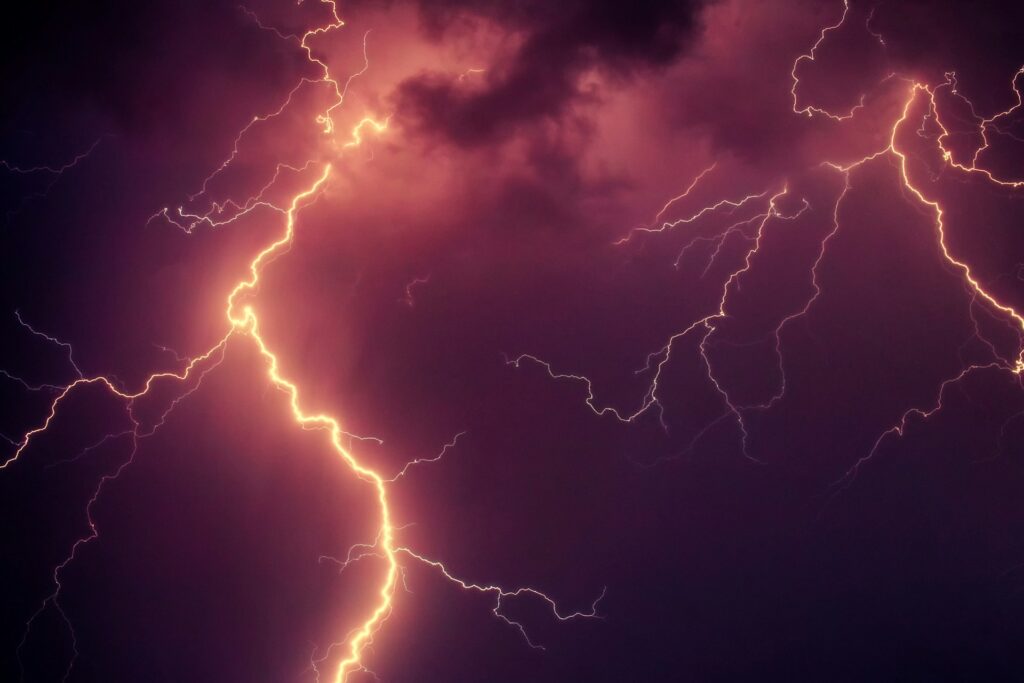
Credit: Johannes Plenio/unsplash
AGU News
Nominate work for AGU’s 2025 Journalism Awards
The deadline for our News and Features awards is 31 March 2025 at 11:59 p.m. Email us at [email protected] with questions about submissions and eligibility. [media advisory][information for News and Features awards][SUBMIT HERE]
Featured Research
A new way to take lightning’s temperature
Lightning contributes nitrogen oxide to the atmosphere and causes many wildfires, and knowing how hot strikes are improves our understanding of both of these impacts. But taking lightning’s temperature is very difficult. A new method of measuring strikes’ temperatures is easier, cheaper, and more effective than previous tools. [JGR Atmospheres study]
Mapping global trade’s contributions to air pollution
Global production and supply chains contribute particulate air pollution (PM2.5) to the atmosphere, but the pollution often stays where products are made with little, if any, impact on regions to which products are exported. A new study examines ties between health burdens, consumption, and income in a trade context. Western Europe’s contributions to trade-induced PM2.5 may be underestimated. [Earth’s Future study]
Europe’s 2022 heatwave and power shortage combo, explained
During the extreme heatwaves that struck southern Europe in May-July 2022, energy demand soared while the energy supply shrank. The same weather patterns that caused the heatwaves slowed wind speeds, creating a shortage of wind power, a new study reports. [JGR Atmospheres study] [AGU24 roundtable: “Extreme weather and the grid”]
El Nino and warm oceans led to record-hot 2023
In 2023, the world experienced its hottest global average surface temperature (until 2024, that is). The first half of the year saw gradual ocean warming as a result of El Nino patterns, followed by rapid warming over land masses later in the year, a new study finds. [Geophysical Research Letters study]
#